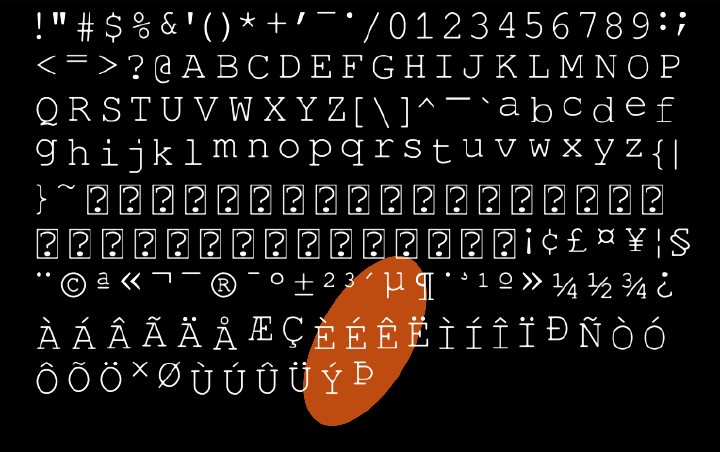Unnamed Graphics Library
About
I’ve always preferred working with small rendering libraries over traditional game engines. In fact, one of the first libraries I ever used was a little library called Slick2D. It was a small wrapper for LWJGL. I always liked the freedom that these libraries provide as they leave a lot of the program structure, set-dressing, and other utilities up to you. I’ve been in search for a new one for prototyping games or UIs. However, most of the ones I’ve found haven’t been to my tastes.
I’ve tried Sokol, Raylib, and SDL. However, none of these really scratch my itch. My problem with them is I feel like they try to do too much: 2D, 3D, input, sound, context management, etc. I just want something that can:
- Create an application window
- Capture user input
- Put pixels on the screen
Since I couldn’t find any libraries I liked, I just started working on my own. I decided to use OpenGL since it’s probably the most well-known/documented graphics API available. Plus, I’ve wanted to dabble in lower-level graphics programming since I took a computer graphics class in school.
The goal is to develop a library that fulfills my three requirements. Also, I’d like it to be able to freely integrate with other libraries for things such as physics or audio. Another requirement is a small codebase and dependency list: I want to minimize the overhead that the library would bring and to make it as transparent as possible so I can have a better understanding of what is happening at a lower level and so others might be able to learn about OpenGL/graphics programming.
Currently this library only has 4 dependencies: opengl, glew, glfw3, and freetype2. I have a feeling that this won’t increase since I’m able to accomplish most if not all of the things I want the library to do with just these dependencies. Having so few dependencies makes it easy to build with a simple Makefile. I believe that having a straight forward build process also aids in understanding a program and how everything fits together.
Features
Utility Functions, Data Structures, etc.
All utility functions, data structures, and underlying set-dressing was made by me. This includes things like color data structures and linear algebra functions.
Everything is a Shader
Everything that is displayed to the screen is a quad with a shader - each geometric primitive and font glyph is comprised of a single quad and an accompanying shader. Shaders are loaded from disk on application start up. I did this because it makes for a simpler renderer (all draw calls are batched quad vertices) and I’d rather write a few shaders than worry about architecting a renderer.
Fonts
Fonts utilize freetype2 to load font files into memory and create signed distance fields to feed into a glyph shader. This allows for the glyphs to be scaled easily without major loss in quality.

Plans
- Add more geometric primitives
- Finalize font rendering: display and format text, non-monospaced fonts
- Dogfood a program or prototype with it
- Optimization (?)
Acknowledgements and Further Reading
- OpenGL Playlist: a playlist by The Cherno on OpenGL. I used this to learn the basics. The playlist hasn’t been updated in a while, but he has newer OpenGL content so just look on his channel.
- docs.gl: OpenGL API Documentation
- Improved Alpha-Tested Magnification for Vector Textures and Special Effects: the Valve paper on signed distance fields for font and decal rendering